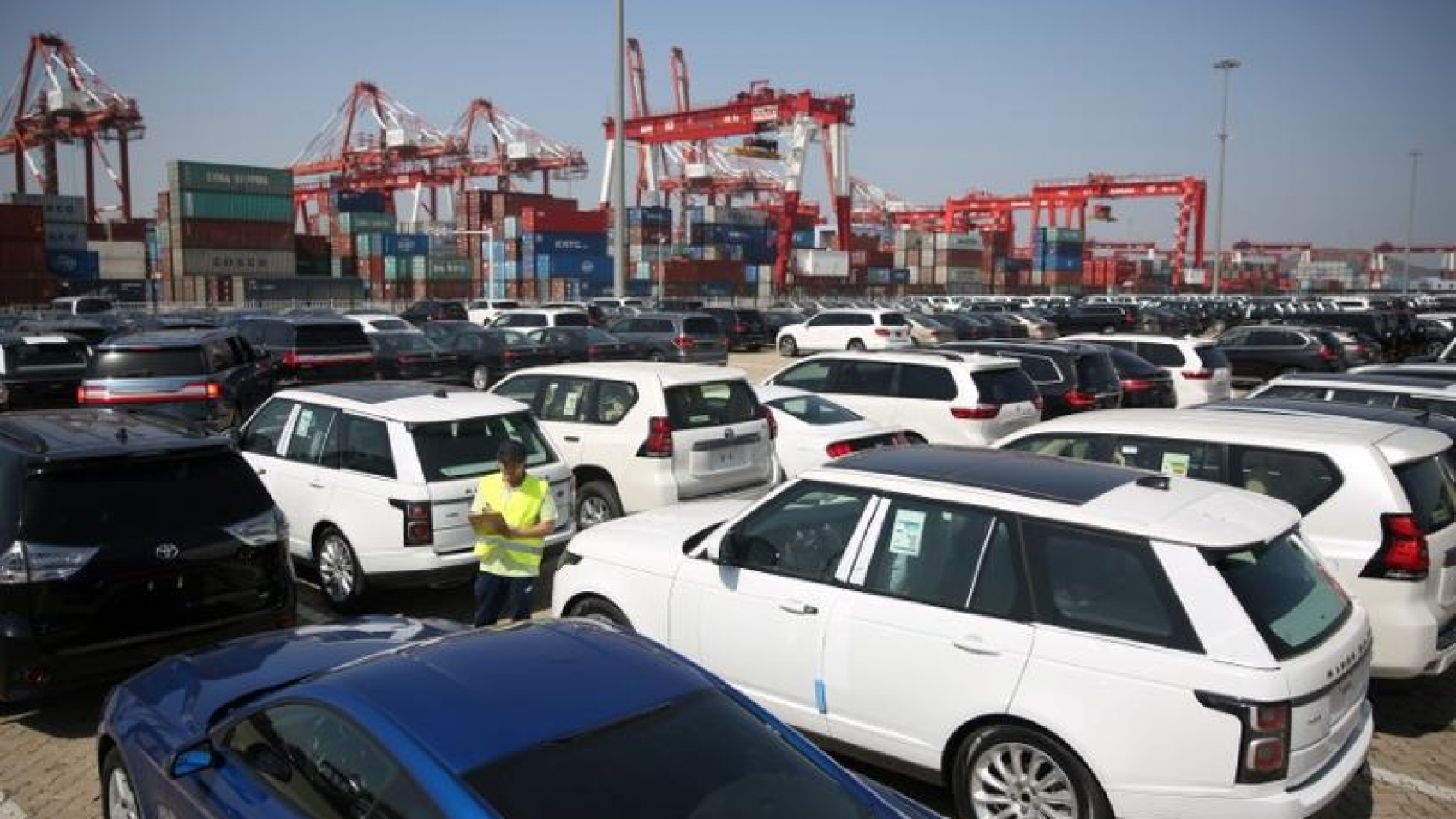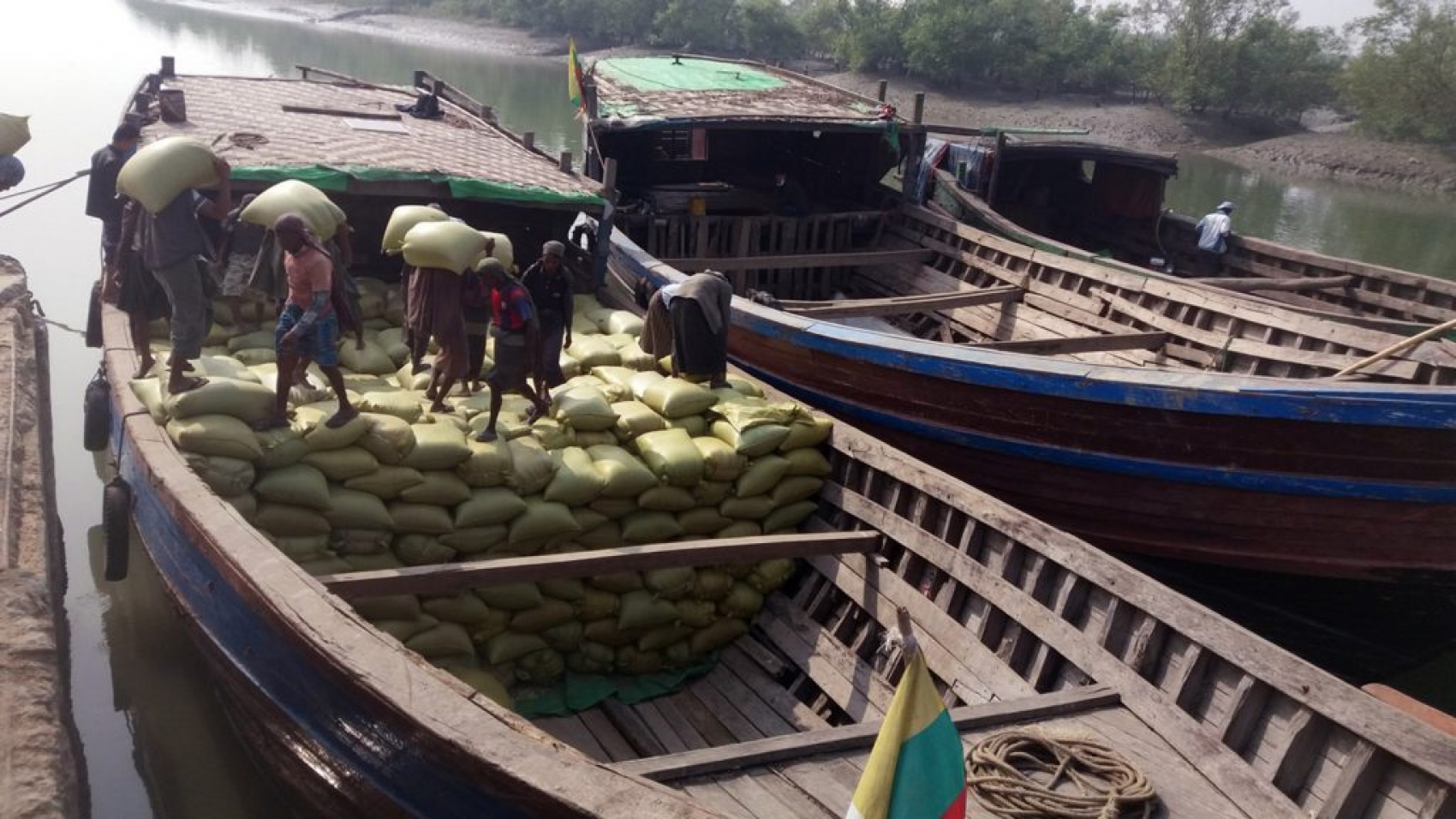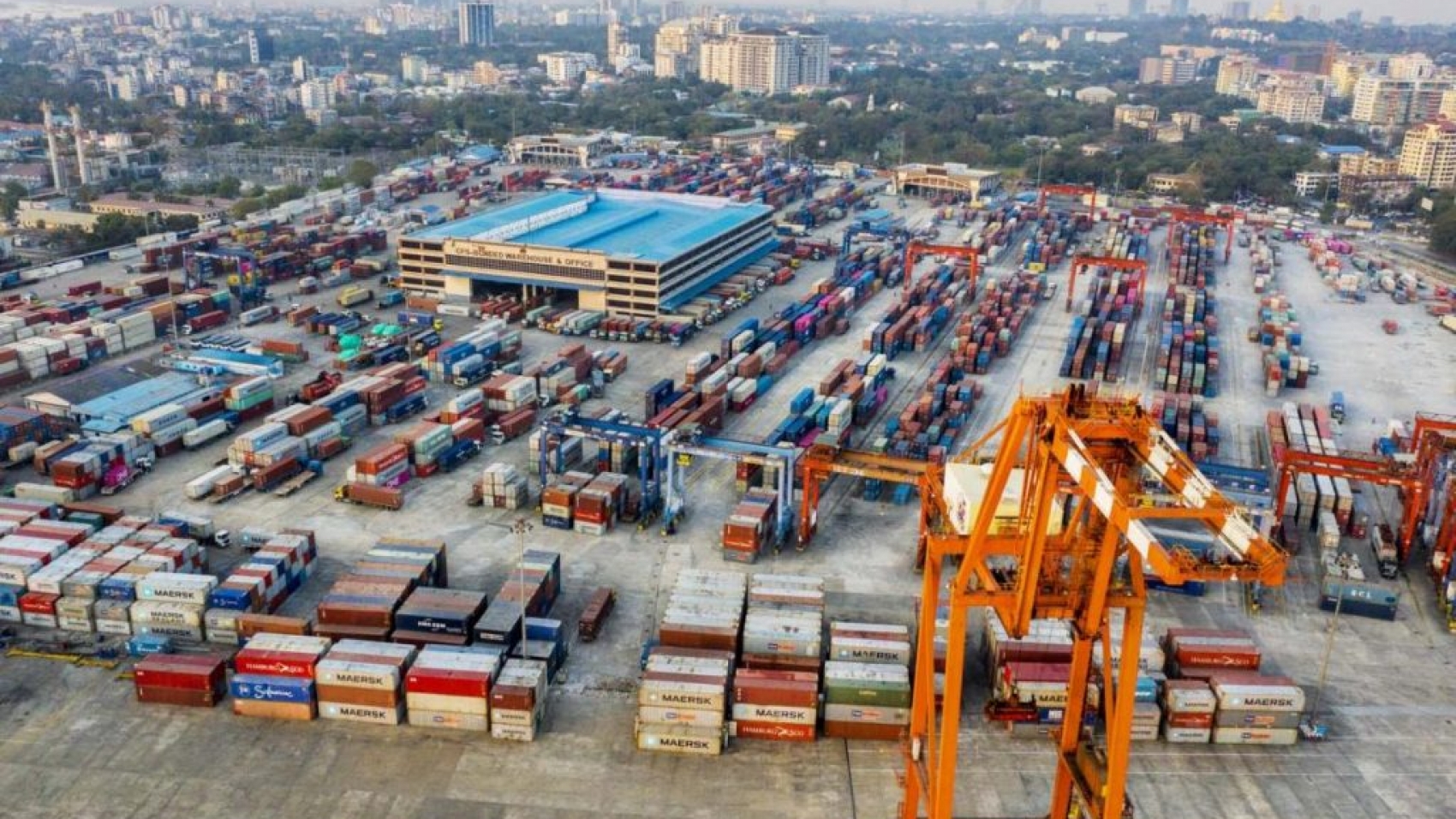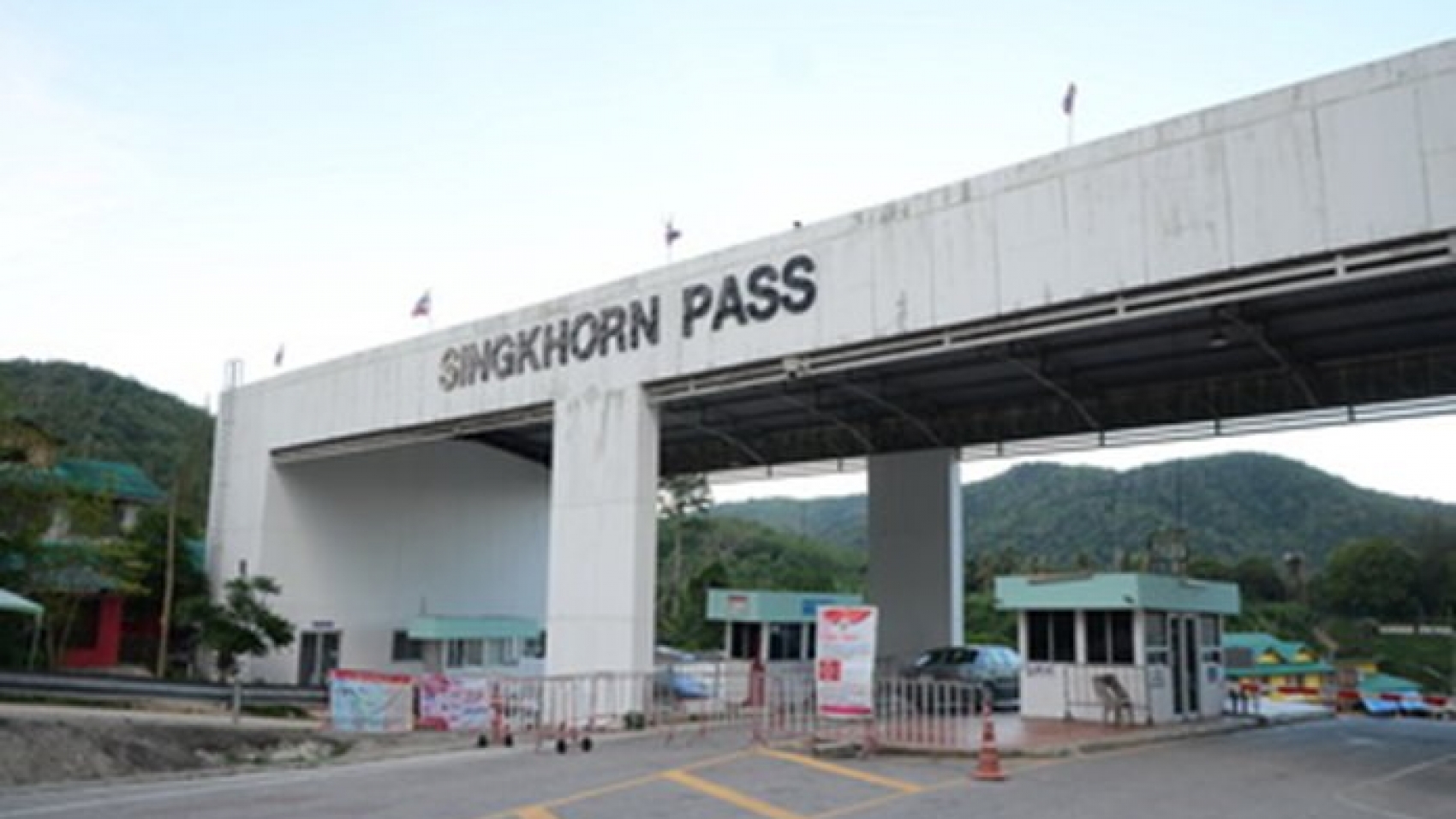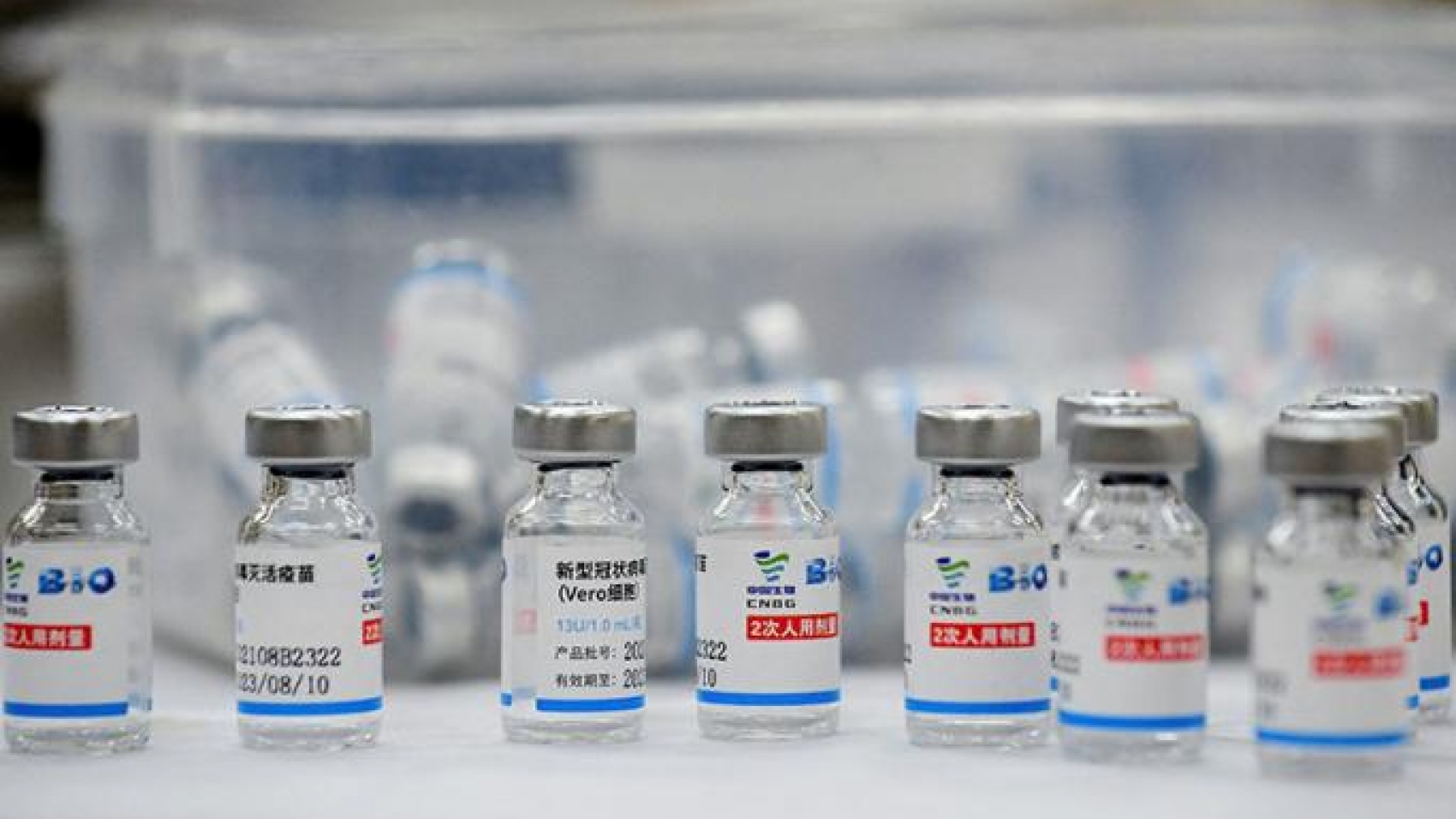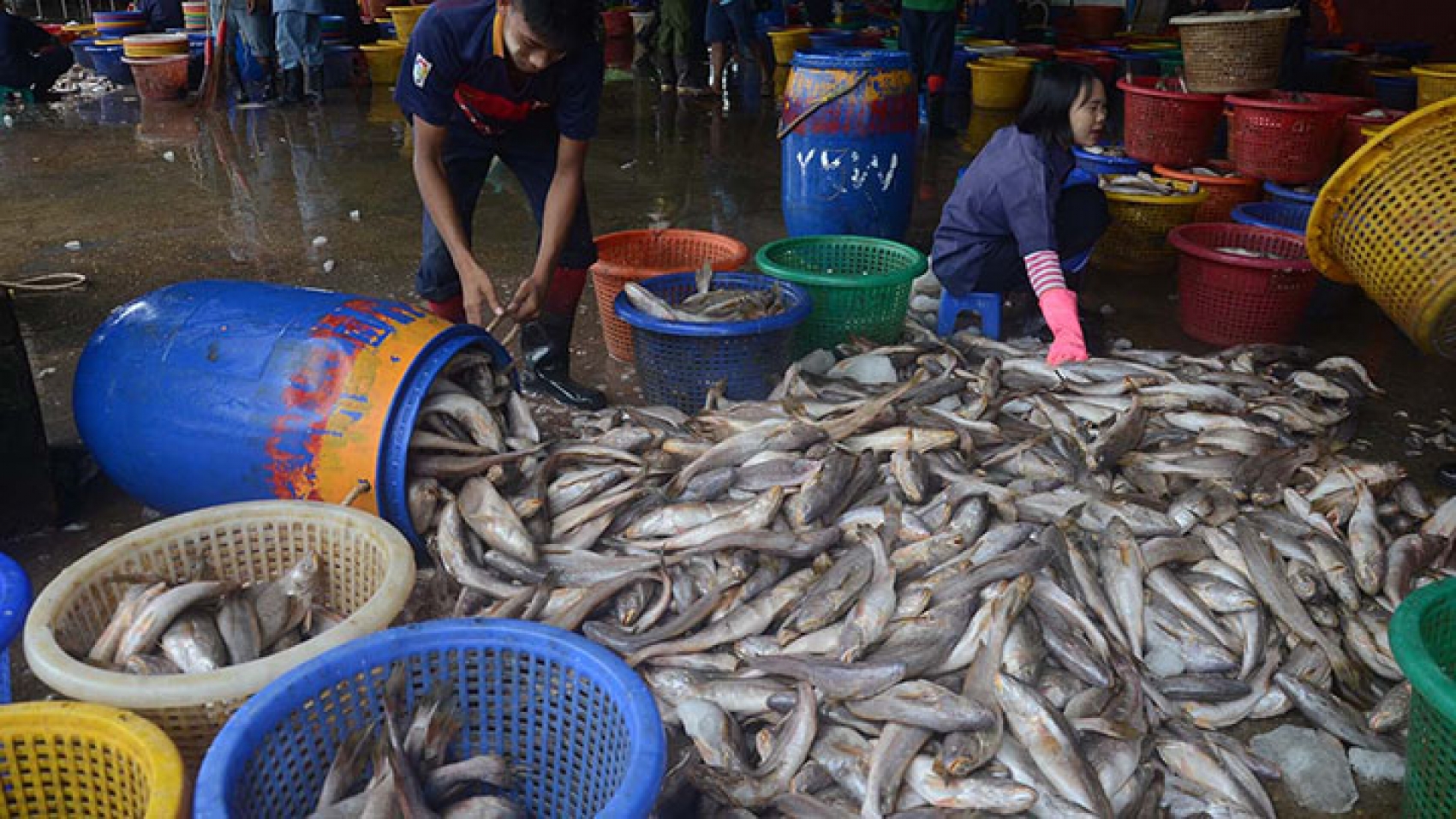The value of Myanmar’s aquaculture exports as of 10 September 2021 has dropped dramatically to US$742.7 million since 1 October 2020, falling short of $66 million to reach the value recorded during the year-ago period, as per the statistics released by the Ministry of Commerce. Myanmar shipped $808.85 million worth of fishery products to the external market in the corresponding period of the last FY. Myanmar Fisheries Federation (MFF) is attempting to grow fishery export regardless of the COVID-19 disruption on maritime trade, closure of land borders and fuel oil price instability due to Kyat depreciation. Despite the open season of offshore fishing, Myanmar’s fishery export industry is facing a series of challenges such as the oil price hike, surge in container shipping rate, the closure of border posts, disruption on maritime trade and the COVID-19 negative impacts.
Consequently, it will harm the export sector somehow in the long term. “If the border post resumes the trade activity, the trade will go smoothly. The closure of the border posts is triggered by the COVID-19 threats. The cross-border between Myanmar and Bangladesh is still open for trade. The federation is planning to export fishery products to Bangladesh. Myanma Port Authority is also ensuring smooth freight flow with non-stop operation. The federation is attempting to tackle this fishery export hurdles,” said Dr Toe Nanda Tin, senior vice-president of MFF. The price of fish fell by half. The high input cost such as fishing net, oil price posed another burden for the industry, coupled with the devaluation of Kyat in the forex market, Mawlamyine Commodity Centre stated.
The marketable fish products, especially fish, shrimp, eel and crab from Taninthayi and Ayeyawady regions and Rakhine State are primarily exported to foreign markets. The federation is turning to the Bangladesh market with export potentials. MFF is working together with the stockholders in the supply chain to have sustainable export growth. The fishery exports through the Sino-Myanmar border has ground to a halt following the consequences and safety measures on the imported seafood amid the COVID-19 pandemic, traders stressed. Myanmar’s fishery export was experiencing a downturn due to the import restrictions triggered by the detection of the COVID-19 on fish imports in China. Chinese market constitutes about 65 per cent of Myanmar’s fishery exports. China accounted for US$254 million out of overall fishery export value of $850 million in the past financial year 2019-2020. At present, China shut down the border areas in wake of the COVID surge in Myanmar.
Food and Agriculture Organization (FAO) and World Health Organization (WHO) issued guidelines to ensure food safety during the COVID-19 pandemic in April 2020. The permitted companies are advised to carry out food safety plans, follow the guidelines of WHO and FAO, formulate the safety management system and suspend the exports if any suspicious foodborne virus or virus infection risk are found in the products. The export is likely to resume once the products meet food safety criteria set by the General Administration of Customs of the People Republic of China (GACC). Myanmar Fisheries Federation stated that only the G2G pact can tackle problems which faced in the export of farm-raised fish and prawns and ensure smooth freight movement between countries to bolster exports.
During the last FY2019-2020, MFF expected to earn more than $800 million from fishery exports and it reached a target. Myanmar exports fisheries products, such as fish, prawns, and crabs, to markets in 40 countries, including China, Saudi Arabia, the US, Japan, Singapore, Thailand, and countries in the European Union. The MFF is making concerted efforts to increase fishery export earnings by developing fish farms that meet international standards and adopting advanced fishing techniques. To ensure food safety, the foreign market requires suppliers to obtain Hazard Analysis and Critical Control Points (HACCP) and Good Aquaculture Practices (GAqP) certificates. To meet international market standards, fishery products must be sourced only from hatcheries that are compliant with GAqP.
The MFF is working with fish farmers, processors, and the Fisheries Department under the Ministry of Agriculture, Livestock, and Irrigation to develop the GAqP system. Processors can screen fishery products for food safety at ISO-accredited laboratories under the Fisheries Department. There are 480,000 acres of fish and prawn breeding farms across the country and more than 120 cold-storage facilities in Myanmar. Myanmar exported 340,000 tonnes of fishery products worth $530 million in the 2013-2014FY, 330,000 tonnes worth $480 million in the 2014-2015FY, 360,000 tonnes worth $500 million in the 2015-2016FY, 430,000 tonnes worth $600 million in the 2016-2017FY, 560,000 tonnes worth $700 million in the 2017-2018FY and 580,000 tonnes worth over $730 million in the 2018-2019FY respectively, according to the Commerce Ministry.
Source: The Global New Light of Myanmar

